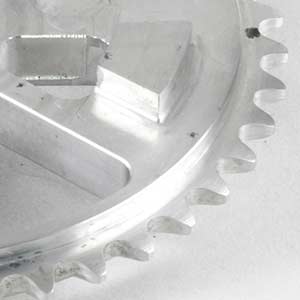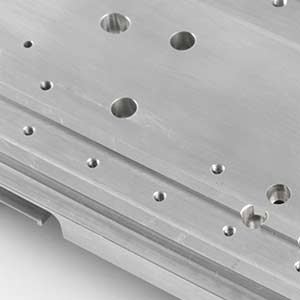Automated Manufacturing Equipment
Part handling takes time; both machine cycle time and valuable machinists’ time. Ansco has implemented time-saving automated manufacturing systems to reduce the operator work load and save time. This frees our skilled machinist to check parts and maintain quality instead of simply loading and unloading machines. It also mean better spindle uptime for increased throughput and lower costs.
We accomplish this in many ways:
- Machine Cells – Ansco has several groups of machines set up in a machine cell environment. This allows our skilled machinists to run multiple machines simultaneously, increasing productivity.
- Multi-Axis Machines – Using multi-axis machines allows our machinists to produce multiple features in fewer operations, reducing lead times
- Live Tooling – As with our multi-axis machines, our machines with live tooling are able to machine parts in a single step which ensures greater accuracy and shorter lead times
- Robotics – Twin spindles and robotic gantry loading lathes insure versatile automation and high productivity. Our automated manufacturing equipment features include:
- Automatic workpiece changer
- Unattended loading of CNC lathes and mills
- Integrated part feeding and handling
- Bar Feeders – Many of our lathes are equipped with 4′ or 12′ bar feed, allowing continual operation of the machine. This saves time otherwise spent loading and unloading parts.
- Tool Probing – Ansco’s tool probing capabilities ensure quality products and reduced production time. Automatically checking the tolerance of critical dimensions on parts greatly reduces the operator error of manually measuring the part. Verification of machining operations helps to avoid damages by tools to a fixture or machine.
- CMM – Our Quality Assurance Department is equipped to assure that parts meet customer specifications. This includes a fully programmable CMM that speeds up the inspection process, insuring that our products get to our customers on time.
- CAM – Ansco uses computer aided manufacturing systems to program the machine tools ‘offline’, instead of at the machine. Ensuring that our programs are right the first time eliminates machine downtime and reduces production time.



